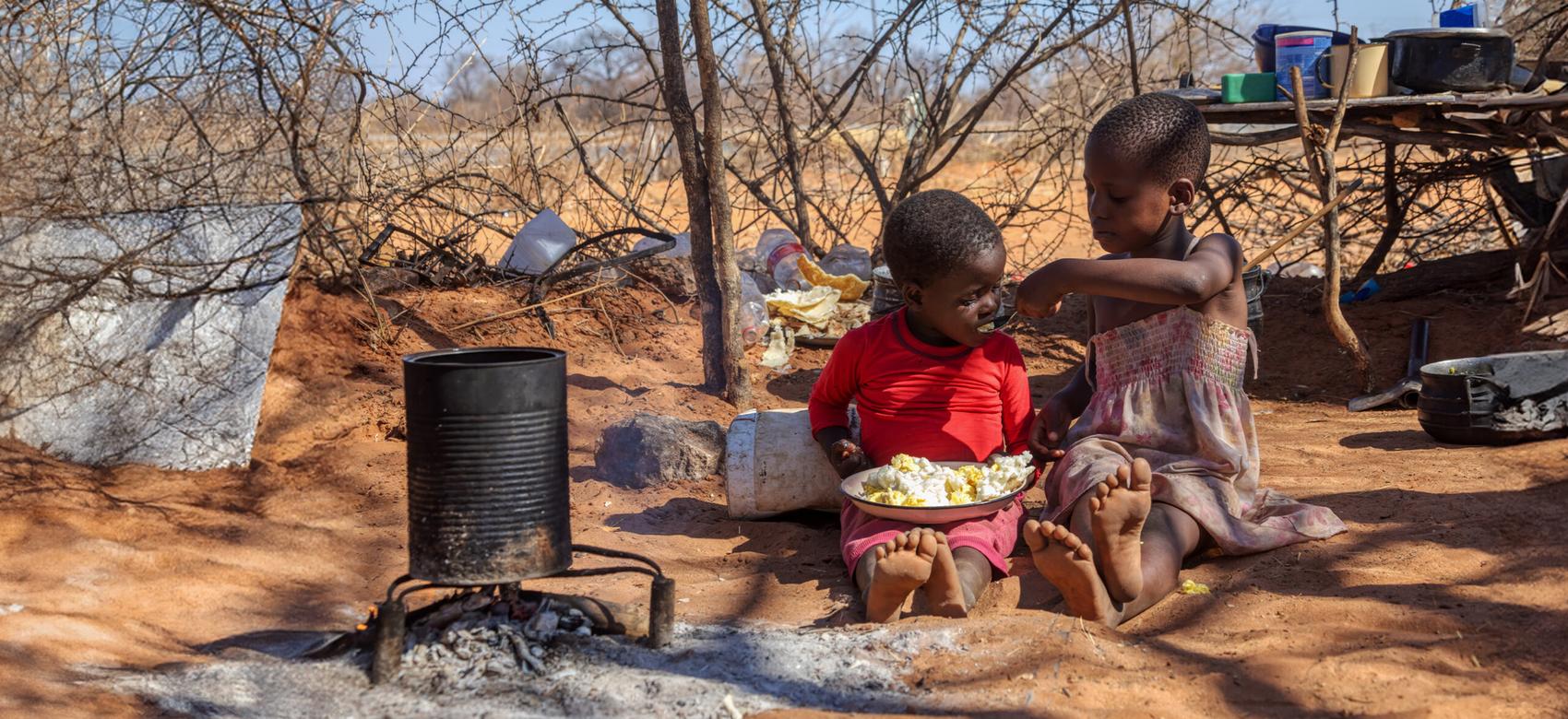Advancing the rights of girls and women promotes justice and is also effective climate action
By Dr. Grace M. Jaramillo

Across the world, climate change disproportionately impacts the lives of girls, yet children are often forgotten in climate policy. I recently led a team of student researchers from the University of British Columbia to better understand why this is the case during field research in the Dominican Republic.
Our team talked to 45 people, including key policy decision-makers on social and environmental policies at the national level, and our findings will form part of a full report to UNICEF Dominican Republic.
We noted that, despite the occurrence of severe tropical storms and worsening environmental disasters in small island developing states across Latin America and the Caribbean, few of the development professionals we interviewed listed climate change vulnerability as a key factor in childhood development goals. Global climate policy and action plans also largely fail to speak to gender and childhood vulnerabilities.
The lack of awareness and engagement with girls and young women in climate policy development is a grave injustice that will only get worse as climate change intensifies.
Gender and climate change
Climate change is a threat multiplier that amplifies inequalities and exacerbates existing vulnerabilities.
The impacts of climate change are also deeply gendered, felt most acutely by women, girls and gender-diverse individuals. This reality is even more pronounced to those who face other categories of exclusion, including Indigenous and Afro-descendent women and girls, older women, LGBTQIA2S+ people, women and girls with disabilities, migrant women and those living in rural, remote or conflict-prone areas.
According to UN Women, by 2050, climate change may push up to 158 million more women and girls into poverty and result in 236 million more facing food insecurity.
Across a spectrum of risks, women and girls are more vulnerable to disasters, in terms of both the immediate impacts as well as their capacity to recover in the aftermath.
When climate disasters do occur, the already disproportionate burden of unpaid care responsibilities on women increase further, along with rising levels of violence against women and girls.
A child rights crisis
It is impossible to separate human development goals — including the goals of childhood development and gender equity — from the urgency of climate action. UNICEF has recognized climate change as a “child rights crisis” encompassing inadequate water, nutrition, education and social protection.
Caught most precariously in the middle of all of this? Girls.
Where climate risks are high, girls are more likely to drop out of school, more likely to experience violence, more likely to be subjected to human trafficking and more likely to experience child marriage. Climate impacts such as extreme heat, drought or floods also disproportionately affect girls’ health, nutrition and livelihoods.
But despite these lived realities, many still continue to distinguish gendered social policy — including the broad categories of health care, education and economic development — as separate from conversations about climate and environmental policy. This separation of gender equity efforts from climate change preparedness strategies problematically overlooks the deeply intertwined nature of these issues.
Overlooked and ignored
In an examination of the national climate agreements submitted to the United Nations Framework Convention on Climate Change (under the terms of the Paris Agreement), UNICEF found that only 34 per cent of countries with new or revised climate plans, including their Nationally Determined Contributions (NDCs), explicitly reference children or youth.
Fewer than 19 per cent of NDCs consider children as having defined rights and only five of 166 countries mention a child’s right to education amid climate disruptions. Lastly, only two per cent of the national climate change strategies specifically reference girls.
Put differently, 98 per cent of submitted NDCs fail to mention girls at all.
Canada, despite its stated commitments to the federal government’s Feminist International Assistance Policy, also fails to mention girls — or children generally — in its NDC.
This suggests that climate policy is failing to even recognize its most vulnerable stakeholders and consequently failing to meaningfully incorporate the needs, rights and voices of some of the most vulnerable into policy planning and action.
Including girls is effective policy
What happens when we focus our attention on girls? Evidence suggests that educating girls is one of the most effective but overlooked ways to mitigate and adapt to climate change. Indeed, data suggests that national resilience to climate disasters improves, on average, for every additional year of schooling a girl receives.
Moreover, when adolescent girls and women are given leadership or active roles in climate planning and policy making — such as through the Girl-led Action on Climate Change program by the World Association of Girl Guides — these actions are more likely to be community based, and more effectively protect biodiversity, clean air, water and access to food and shelter.
What happens when we include girls in our design of climate or environmental planning? Adolescent girls become powerful agents of change and resilience in their communities.
Take the case of the United Kingdom’s gender-responsive aid program to southern Africa. Following cyclones Idai and Kenneth in 2019, 326,000 girls received support to return to school after the disasters and, as a result, avoided being married off. Another example of combining gender and climate policy has been the successful application of gender-smart climate finance by the World Bank.
As the UN Special Rapporteur on Human Rights and the Environment, David Boyd, writes:
In essence, climate action and gender justice are interdependent and inseparable goals.
Effective and equitable climate policy must be intersectional, multi-sectoral, intergenerational and feminist. Canada should prioritize fostering climate policy solutions that leave no one behind and take the lead in explicitly prioritizing children and girls in climate policy.
A future that works for girls is a future that works for all of us. Let’s keep them at the core of our efforts.
Grace M. Jaramillo is a sessional instructor in the School of Public Policy and Global Affairs at UBC. This article was made possible through the research assistance of UBC Master of Public Policy and Global Affairs students Alida Oegema Thomas, Elena Gordillo Fuertes and Simran Pachar as part of their capstone Global Policy Project. This article was republished on May 8, 2024, from The Conversation under a Creative Commons license. Read the original article. To republish this article, please refer to the original article.


